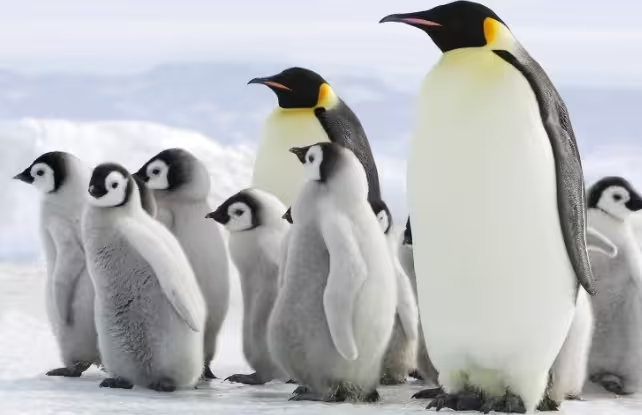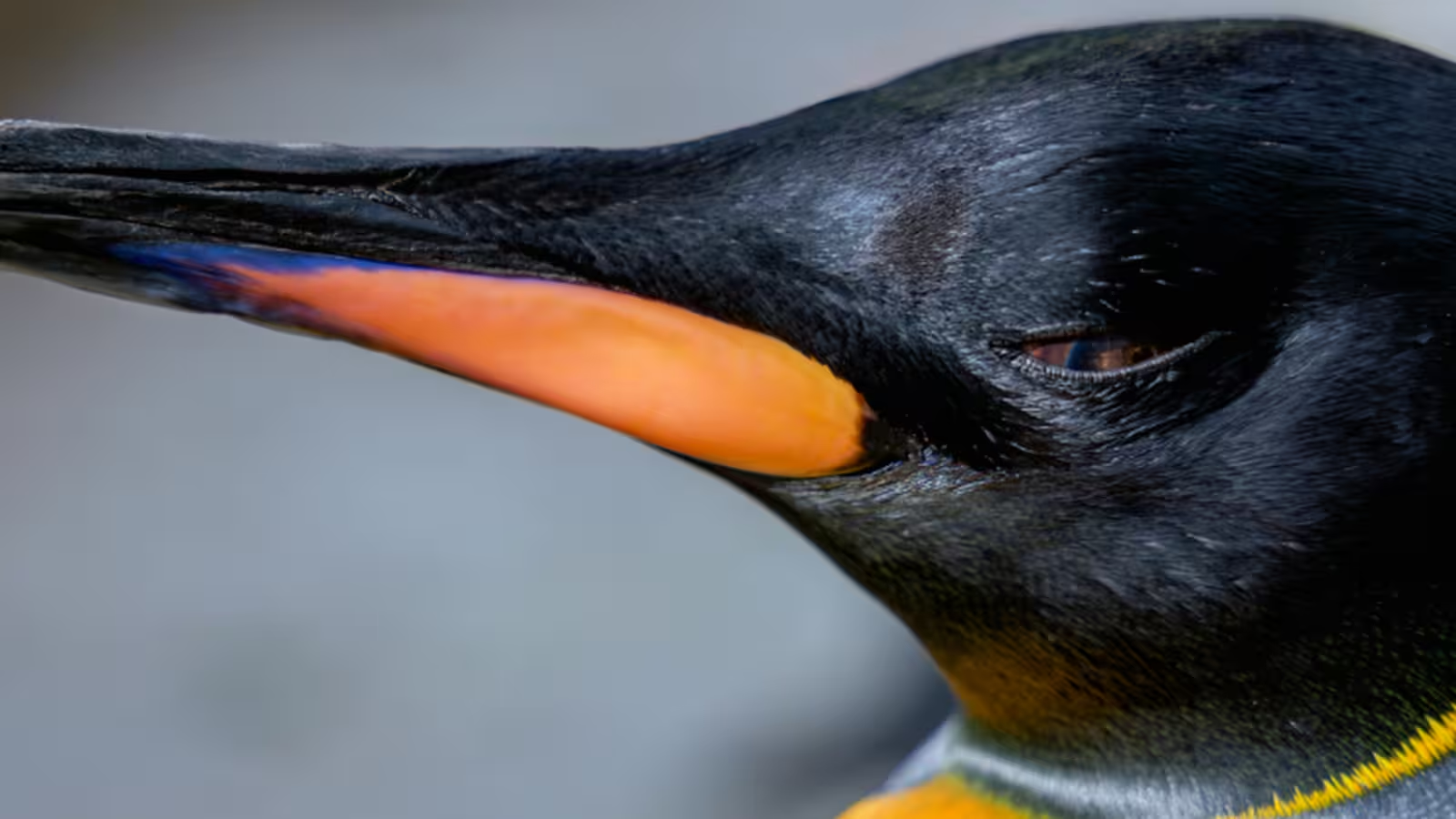5 Minutes
Accelerated Decline of Emperor Penguins Linked to Climate Change
A comprehensive new study has revealed that emperor penguins—iconic inhabitants of Antarctica and the planet’s largest penguin species—are disappearing at rates that far exceed even the most alarming earlier predictions. The research underscores an urgent new threat: global warming is not just reducing ice, but destabilizing entire ecosystems critical to the survival of these birds.
Utilizing advanced satellite monitoring techniques, a team of researchers assessed sixteen emperor penguin colonies across the Antarctic Peninsula, Weddell Sea, and Bellingshausen Sea, covering an estimated 30% of the entire species’ population. Their findings, published in Nature Communications: Earth & Environment, show a staggering 22% population decline in these colonies over just 15 years—approximately double previous estimates for Antarctica’s overall emperor penguin losses from 2009 to 2018.
Satellite Technology Reveals Sharp Penguin Losses
Scientists from the British Antarctic Survey (BAS) leveraged high-resolution satellite imagery to monitor breeding sites during the southern hemisphere's spring months of October and November, before polar darkness hinders observations. According to lead researcher Peter Fretwell, these real-world counts are "about 50 percent worse" than prior pessimistic computer model projections. The study highlights that even though the most direct impacts of global warming on Antarctic sea ice began after monitoring started in 2009, population declines have been unfolding since at least that time.
Critical Role of Sea Ice in Emperor Penguin Survival
Emperor penguins rely entirely on stable sea ice formed in coastal open water as their breeding ground. This ice supports complex life cycles, including egg incubation by males through the harsh Antarctic winter while females forage at sea for months. Chicks, dependent on waterproof feathers that develop in early summer, face grim odds if the ice beneath them thaws too early—a scenario increasingly common as the climate warms. The catastrophic loss of entire chick cohorts has already been observed, as unstable ice collapses and hatchlings are swept into frigid waters before they are ready to swim and feed independently.

Climate Change: The Principal Threat—No Other Causes Detected
Notably, the study dismisses other classic population pressures—such as overfishing, pollution, or land-based habitat destruction—as drivers of these losses. "Emperor penguins are perhaps the purest example of a species whose fate is entirely tied to climate change," Fretwell explains. The direct link between rising global temperatures and diminishing breeding habitat stands in stark contrast to more complex threats facing other species.
In addition to thinning and destabilizing sea ice, a warmer Antarctic climate may bring increased rainfall or draw new predators to penguin colonies, compounding survival challenges.
Global Implications and the Path Ahead
With current estimates indicating roughly 250,000 breeding pairs, all based in Antarctica, emperor penguins were already recognized as at risk. Computer models project that, without a substantial worldwide reduction in greenhouse gas emissions, the species is likely to edge dangerously close to extinction before the end of this century. The new satellite data, however, suggest that current models may be underestimating the pace and severity of population decline.
“These alarming results mean we need to revisit and possibly revise the species’ extinction risk models,” notes Fretwell. The satellite approach, while robust for the spring monitoring period, could be complemented in the future by radar or thermal sensors, potentially tracking penguin populations even during the Antarctic winter’s darkness. The researchers emphasize the need to expand surveillance to additional colonies, as it remains unclear whether similar declines are occurring continent-wide, though the sampled locations are believed to be representative.
Conclusion
The unprecedented decline of emperor penguin populations revealed by this study serves as a direct indicator of the mounting impacts of climate change on polar ecosystems. Rapid losses, well beyond what was once anticipated, suggest that urgent global action to address climate change is essential—not only for emperor penguins but for the broader health of the Antarctic environment. While the trends are deeply concerning, scientists maintain there is still time to mitigate the worst outcomes if meaningful reductions in greenhouse gas emissions are achieved. Failure to act could push this unique and charismatic species to the brink of extinction within decades.



Comments